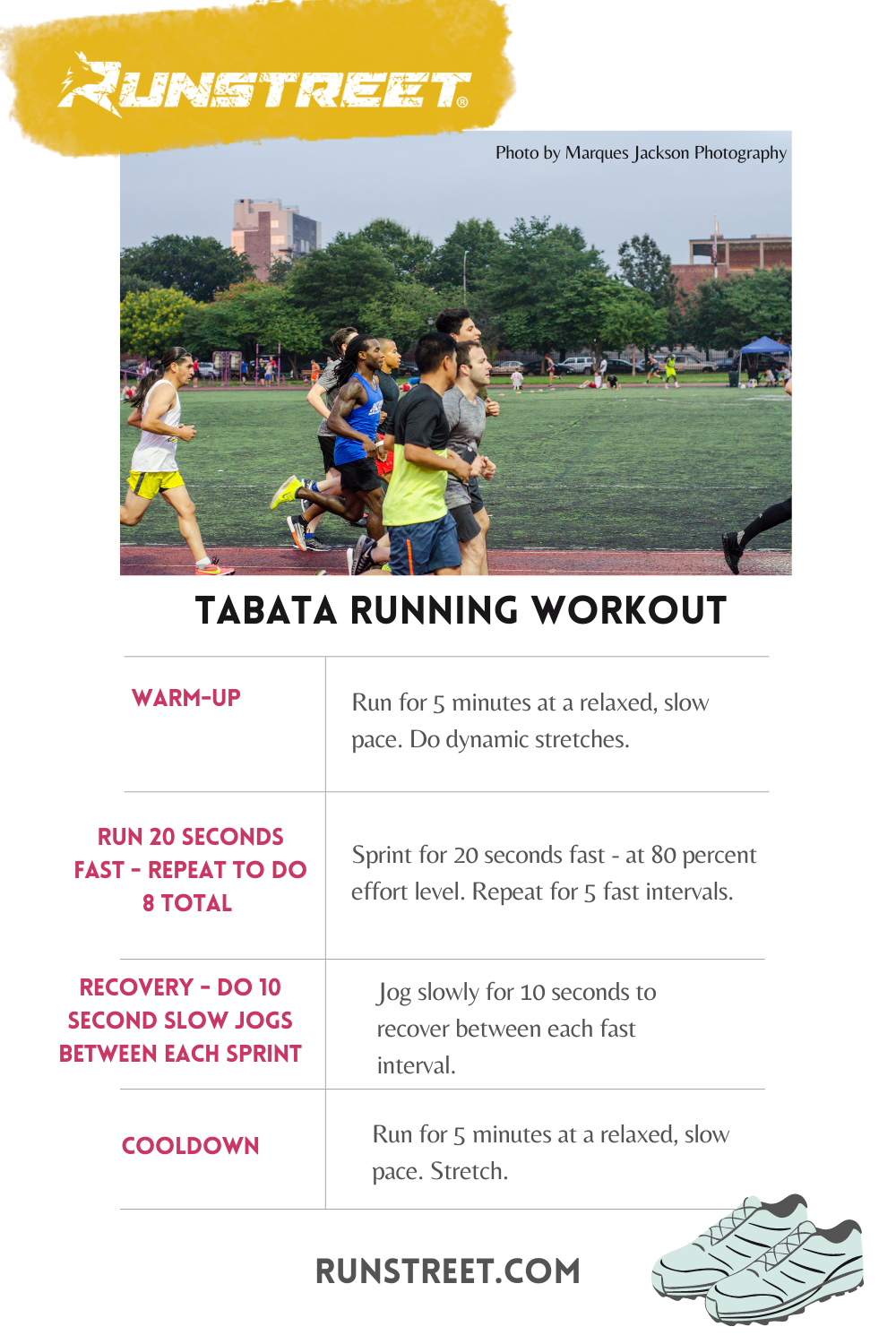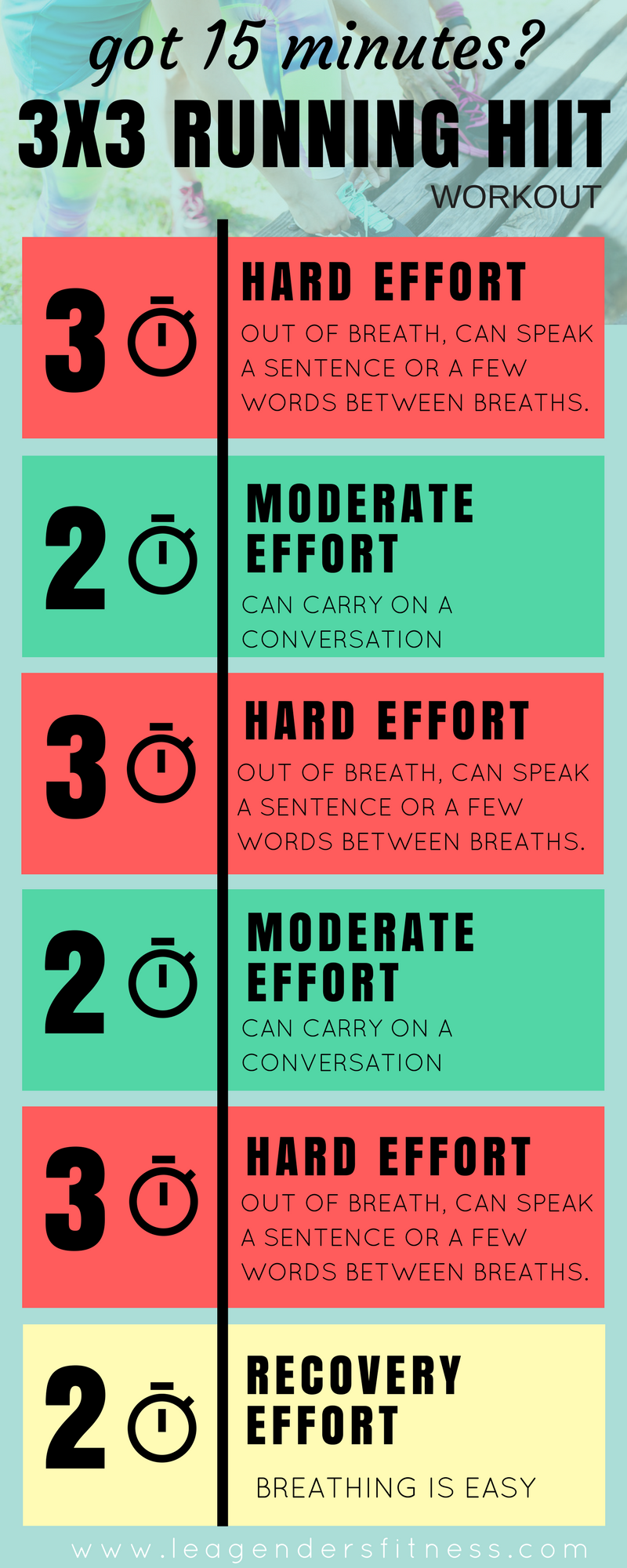The Ultimate Overview to Handling Pain When Running
Whether you are a seasoned marathoner or simply beginning your running trip, understanding the numerous kinds of discomfort that can emerge and the techniques to address them is important. From pre-run warm-up regimens to correct shoes choice, there are many factors to consider when it comes to dealing with discomfort while running.

Recognizing Various Sorts Of Running Pain
When running, it is necessary to compare various sorts of discomfort to stop injuries and optimize performance (Read More). One typical kind of pain that joggers might experience is muscle mass discomfort, which usually develops from the stress and anxiety placed on muscle mass throughout exercise. This sort of pain is often a typical part of the running process and can be taken care of via appropriate workout, cool-down, and stretching regimens
Another type of pain to be familiar with is joint discomfort. Joint pain can indicate concerns such as overuse, inappropriate form, or underlying problems like arthritis. Overlooking joint discomfort can lead to more extreme injuries, so it is essential to attend to any type of discomfort without delay and potentially look for specialist suggestions.
Additionally, sharp or stabbing pains must not be disregarded. These sorts of discomfort can signify intense injuries such as pressures, sprains, or tension fractures - running workout. Remaining to go through these kinds of discomfort can aggravate the injury and extend recuperation time
:max_bytes(150000):strip_icc()/running-longer-or-faster-31e97070bda14ffc8afdea52094504c7.jpg)
Pre-Run Warm-Up and Stretching Regular
To prepare the body for a running session, executing an effective pre-run workout and stretching routine is essential. A correct warm-up assists boost blood circulation to the muscle mass, boosts adaptability, and decreases the threat of injury throughout the run. Begin with dynamic stretches like leg swings, arm circles, and high knees to progressively increase your heart price and loosen up the muscular tissues. Dynamic stretching assists imitate the movements you'll be doing while running, preparing your body for the task ahead. Follow this with static stretches concentrating on major muscle groups such as the hamstrings, quadriceps, calf bones, and glutes. Hold each go for concerning 15-30 secs without bouncing to promote muscular tissue leisure and versatility. Bear in mind to pay attention to your body and readjust the intensity of your workout based on your physical fitness level and any type of pre-existing problems. By including a consistent pre-run workout and stretching routine right into your running program, you can enhance efficiency and reduce the risk of pain or injury.
Proper Footwear Option and Fit
Selecting proper shoes that fits well is important for runners to stop pain and minimize the risk of injuries. Uncomfortable footwear can bring about blisters, black toe nails, shin splints, and other agonizing conditions that can hinder efficiency and sideline training. When picking operating shoes, it is vital to think about variables such as foot kind, running gait, arch assistance, padding, and shoe size. running strategy. Checking out a specialty running shop for a stride analysis and professional fitting can assist make sure that you choose the right shoes for your private requirements. Running shoes ought to supply ample assistance and security while additionally fitting and lightweight. Furthermore, it is recommended to replace your running shoes every 300-500 miles to keep proper cushioning and assistance. Buying top quality shoes that is suitable for your running design and foot anatomy is a positive action towards preventing discomfort and injuries during your runs.
Nourishment and Hydration Tips for Discomfort Avoidance

Hydration is just as critical for runners to stay clear of aches, dehydration, and other discomforts that can lead to discomfort throughout running. It is suggested to consume alcohol an adequate quantity of water throughout the day her comment is here and especially previously, during, and after running sessions. Electrolyte-rich beverages or sporting activities beverages can also be valuable for restoring shed minerals and preserving correct liquid balance. running workout (Read More). By focusing on nutrition and hydration, runners can enhance their performance, minimize pain, and enjoy a much more comfy running experience.
Post-Run Recuperation Techniques to Reduce Pain
Applying efficient recuperation techniques is essential for easing pain and advertising muscular tissue healing after running sessions. One essential post-run healing strategy is extending. Integrating fixed stretches for significant muscle mass teams can help lower muscle stress and discomfort. Foam rolling is one more valuable method to launch muscular tissue tightness and improve blood circulation to the muscle mass, aiding in quicker healing. Additionally, topping sore areas for 15-20 minutes can help lower inflammation and numb pain post-run.
Hydrating appropriately post-run is important for restoring fluids lost throughout workout and helping in muscular tissue healing. Taking in a balanced treat or meal that includes protein and carbs within half an hour of completing a run can assist fix muscle mass cells and restore energy shops. Additionally, getting sufficient remainder is vital for allowing the body to repair and strengthen muscular tissues. Integrating energetic recuperation tasks such as light strolling or swimming can additionally assist advertise blood flow and decrease muscle mass stiffness - Read More. By integrating these post-run recovery methods right into your regimen, you can efficiently manage pain and optimize your running efficiency.
Verdict
To conclude, addressing various kinds of running pain via appropriate workout, extending, footwear choice, nutrition, hydration, and post-run recovery methods is vital for discomfort avoidance and monitoring. By understanding the sources of discomfort and implementing these techniques, runners can minimize discomfort and potential injuries. It is critical to prioritize general physical health and well-being to make certain a successful and pleasurable running experience.